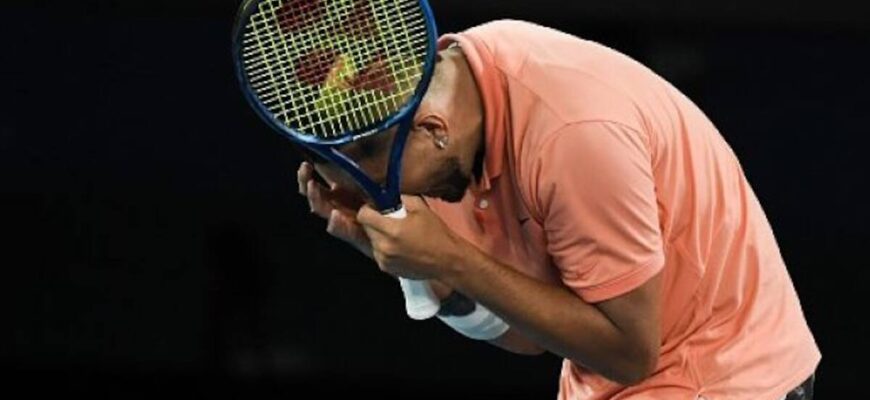The professional tennis circuit is a grueling gauntlet, demanding peak physical condition and unwavering mental fortitude. For Nick Kyrgios, a player renowned for his prodigious talent and equally unpredictable demeanor, this gauntlet has lately become an arena of quiet introspection rather than public spectacle. In a candid revelation, the Australian star has openly acknowledged the encroaching reality of his career`s twilight, a concession born not of fading passion, but of the relentless attrition wrought by chronic injuries.
The Weight of Wear and Tear
Kyrgios’s recent remarks underscore a fundamental truth of elite athletics: the body, even when honed to perfection, has its limits. His declaration – “I understand I`m coming to the end of my tennis career, especially with all these injuries” – resonates with a weary pragmatism. It`s a sentiment far removed from the youthful exuberance that once saw him dismantle top opponents with audacious flair. The crucial point of no return for him is another significant surgical intervention, a six to nine-month recovery period that he plainly states he “just won`t be able to get through.” This isn`t merely about physical endurance; it`s about the mental toll of rehabilitation, a lonely, arduous path many athletes find more taxing than competition itself.
A Passion Preserved, Not Extinguished
Perhaps the most poignant aspect of Kyrgios’s contemplation is his desire to preserve his affection for the sport. “You don`t want to get to the point where you hate your profession or what you`re doing,” he observed. This isn`t the frustrated lament of a player past his prime, but a protective measure. To play in constant pain, to train without joy, transforms a passion into a chore. For a player whose approach to the game has always been intensely personal and, at times, defiantly unconventional, the thought of tennis becoming a source of consistent suffering is clearly anathema. It`s an interesting paradox: a player often criticized for not always appearing to love the game on court is now making decisions to ensure he doesn`t genuinely come to despise it off court.
The Unplayed Chapters
His last competitive singles appearance dates back to March at the Miami Masters, where he exited in the second round. Since then, the courts have been largely silent regarding Kyrgios`s match play, though he insists he`s training regularly, merely abstaining from tournament competition. This prolonged absence, coupled with his recent candidness, paints a picture of a career defined as much by its brilliant flashes as by its frustrating pauses.
Yet, even in the shadow of potential retirement, a characteristic defiance emerges. Kyrgios has reportedly set his sights on the Australian Open 2026. This isn`t merely a distant goal; it`s a testament to the magnetic pull of his home Grand Slam and, perhaps, a last, grand hurrah on the biggest stage. For a player whose career has consistently defied easy categorization, a final, carefully chosen chapter seems entirely on brand – an unpredictable exit strategy from a predictably unpredictable career.
The Enduring Enigma
Nick Kyrgios has been, and likely will remain, one of tennis`s most compelling figures. His potential departure, driven by the inescapable physics of the human body, will leave a void. It serves as a stark reminder of the fragile balance between extraordinary talent and the physical demands of professional sports. While his presence on court has often been an electric spectacle, his current struggle reveals a quieter, more universal athletic battle – the profound decision of when to acknowledge that the spirit is willing, but the flesh, finally, is done.








